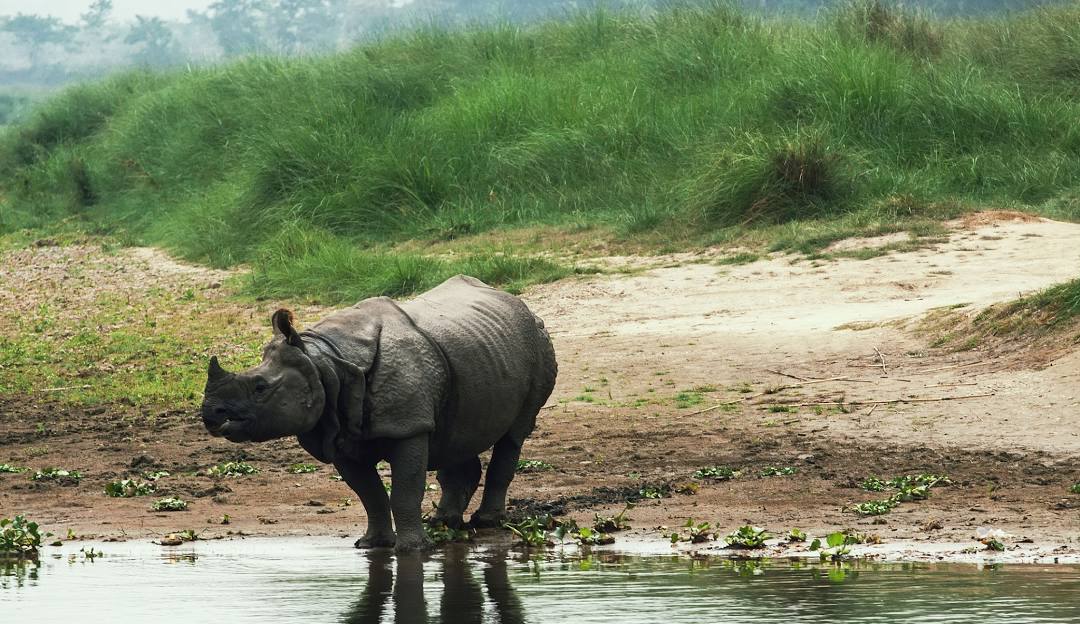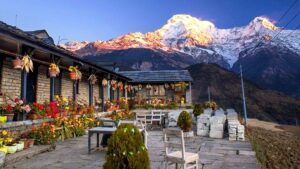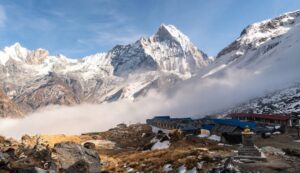Chitwan National Park Jungle Safari

Location
Situated in the southern plains of Nepal, Chitwan National Park is located in the subtropical Terai region, spanning the districts of Chitwan, Makwanpur, Parsa, and Nawalpur.
Best Time to Visit
October to March is the best time to visit, as the weather is pleasant, and wildlife sightings are frequent. The dry season (November to February) is ideal for safaris due to reduced foliage.

Duration
Typically, a jungle safari lasts 2 to 3 days, but longer stays allow for more activities and exploration.

Difficulty Level
Easy. Suitable for all age groups, with activities tailored to different preferences and physical abilities.

Elevation
The park lies at an elevation ranging from 100 to 815 meters (328 to 2,674 feet).
Overview
Chitwan National Park, a UNESCO World Heritage Site, offers an extraordinary experience for wildlife enthusiasts and nature lovers. Known for its rich biodiversity, the park is home to the endangered one-horned rhinoceros and Bengal tiger, making it a prime destination for jungle safaris in Nepal.
- Thrilling jeep safaris and canoe rides.
- Guided jungle walks with expert naturalists.
- Chance to see one-horned rhinoceros, Bengal tigers, gharials, and over 500 species of birds.
- Interaction with Tharu communities and cultural dance performances.
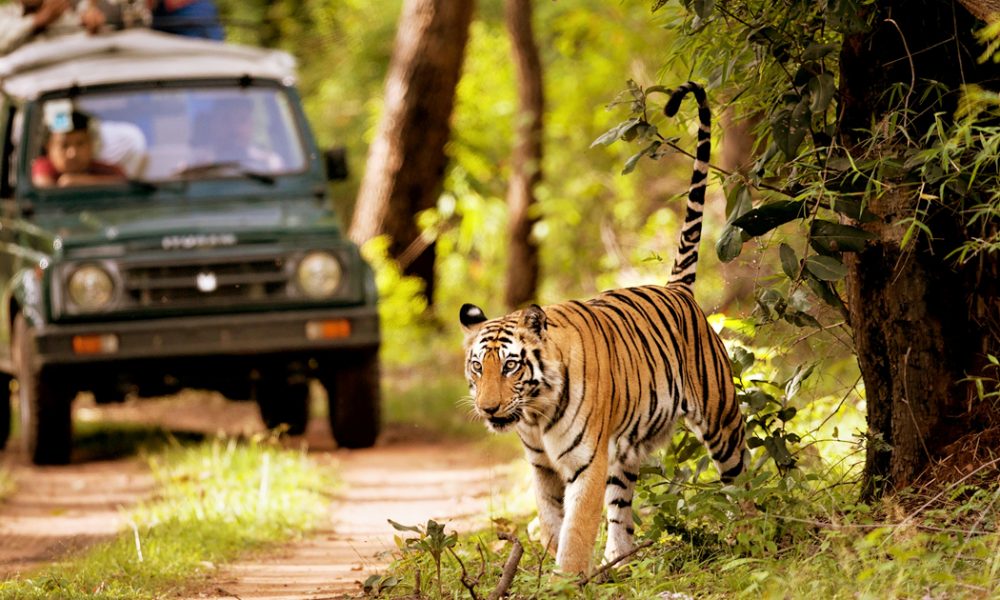
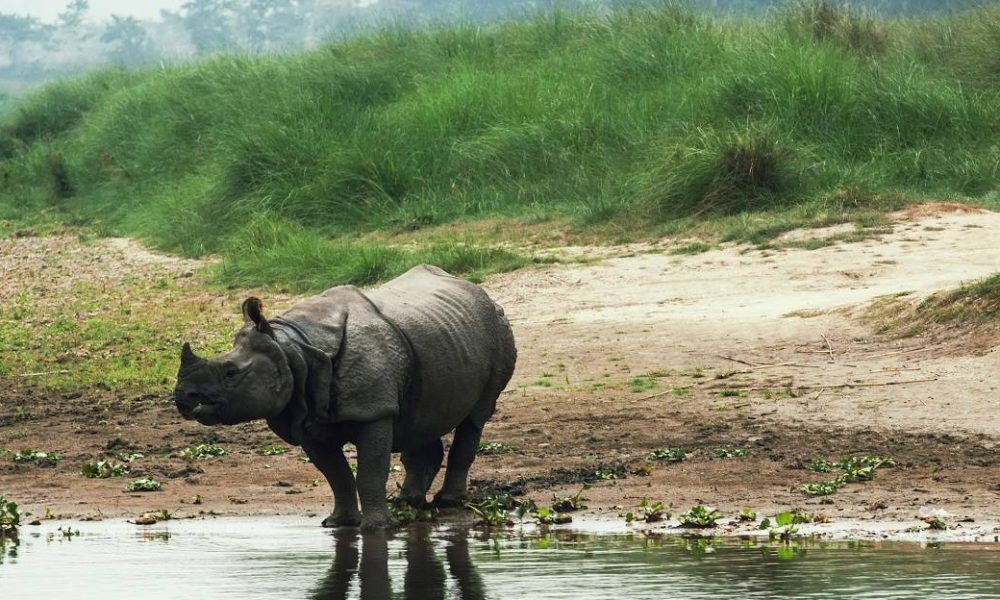
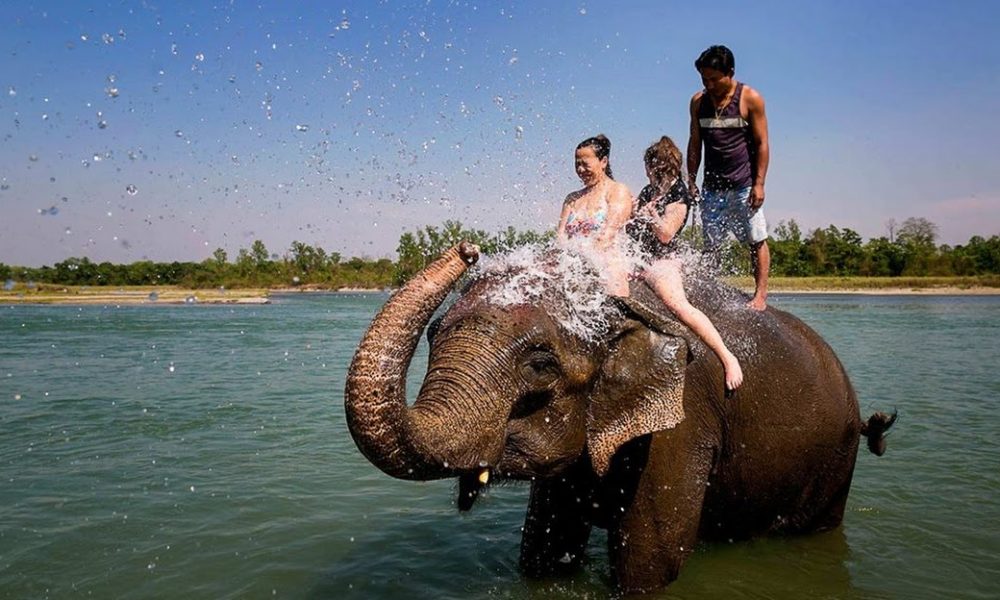
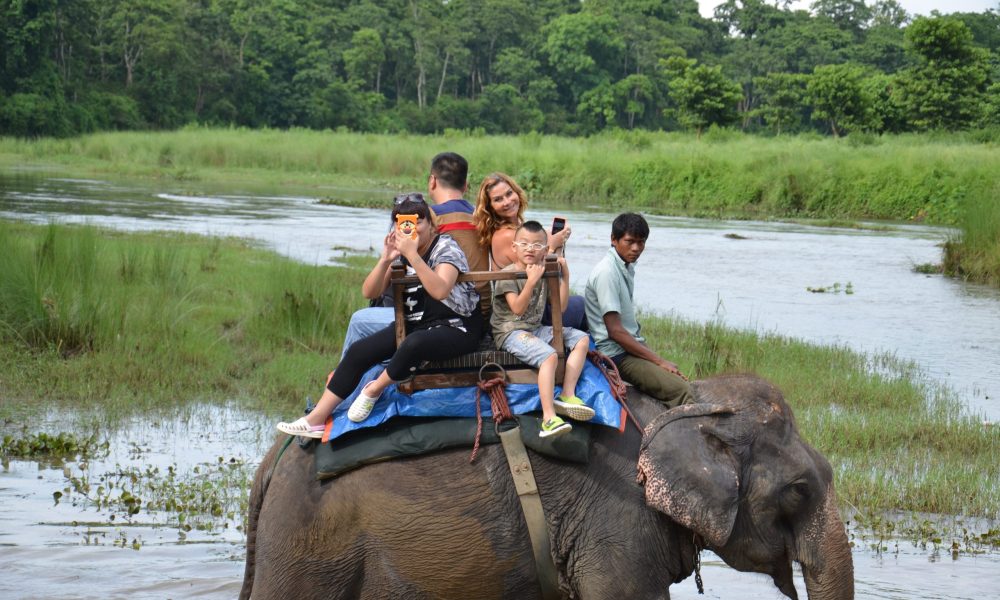
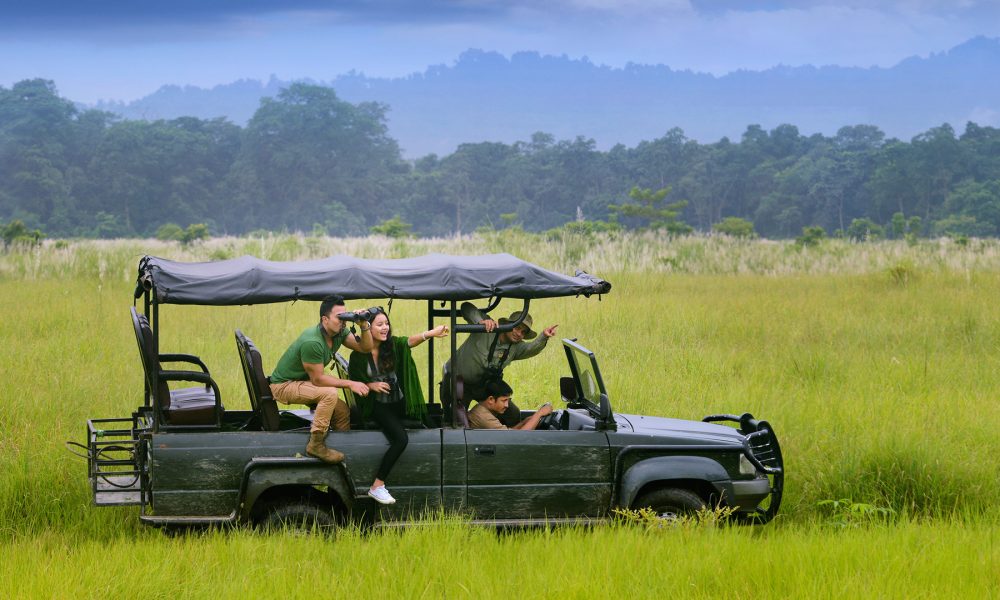
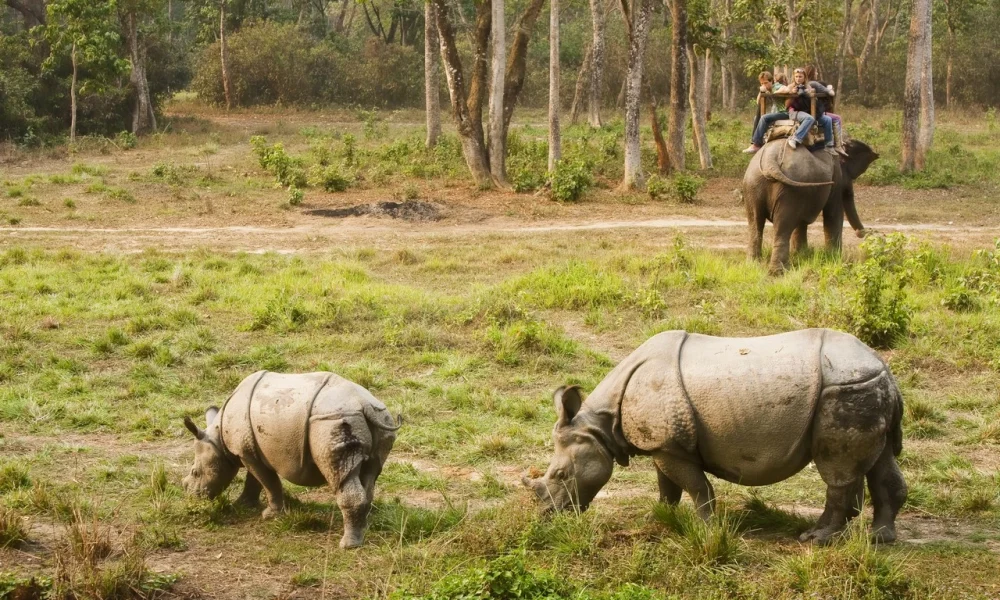
Weather and Climate
The park experiences a subtropical climate. Summers (April to June) are hot and humid, with temperatures reaching up to 40°C (104°F). The monsoon season (June to September) brings heavy rainfall. Winters (October to March) are mild, with temperatures ranging from 7°C to 25°C (45°F to 77°F), making it the most comfortable time for safaris.
Geological Information
Chitwan National Park lies in the Terai lowlands of Nepal, characterized by alluvial floodplains, oxbow lakes, and dense sal forests. The park is part of the Gangetic plain, shaped by ancient rivers and sediment deposits. Its diverse landscapes range from lush grasslands to riverine forests, offering varied ecosystems for wildlife.
Flora and Fauna
Flora:
Sal trees dominate the forested areas, accompanied by riverine vegetation and grasslands.
Exotic plants like silk cotton trees and elephant grass add to the region’s diversity.
Fauna:
Mammals: One-horned rhinoceroses, Bengal tigers, leopards, sloth bears, and wild elephants.
Birds: Paradise flycatchers, giant hornbills, and peafowls.
Reptiles: Gharials, marsh muggers, and snakes.
History and Culture
Established in 1973, Chitwan National Park was Nepal’s first national park, created to protect endangered species. The park also celebrates the culture of the indigenous Tharu people, who have coexisted with nature for centuries. Their traditions, dances, and cuisine enrich the visitor experience.
People and Customs
The Tharu people are the indigenous inhabitants of the region. Known for their resilience and harmonious relationship with the environment, they offer insights into sustainable living. Visitors can enjoy traditional Tharu dances, try local dishes, and explore their mud-built homes.
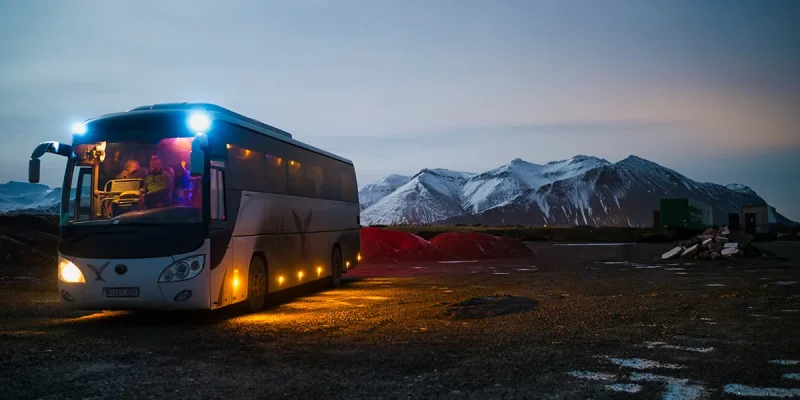
Transportation Information
- How to Reach: The park is approximately 160 km (100 miles) southwest of Kathmandu. It can be reached by a 20-minute flight to Bharatpur or a 5-6 hour drive.
- Local Transportation: Safari jeeps, canoes, and bicycles are the primary modes of transport within the park.
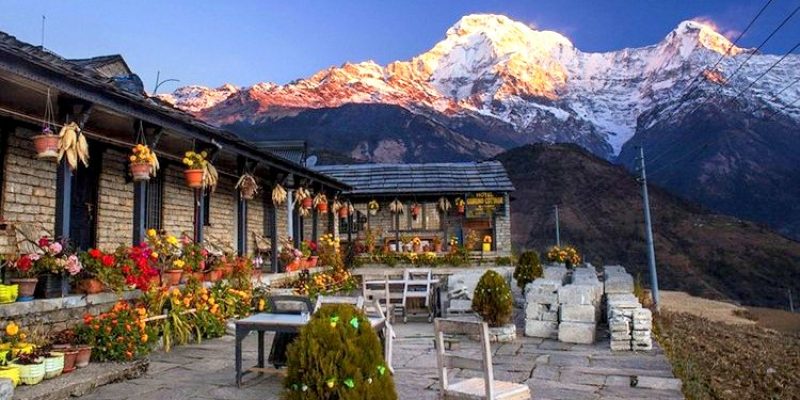
Accommodations
From luxury lodges to budget-friendly guesthouses, Chitwan offers a variety of accommodations. Many lodges provide safari packages, including meals and guided tours. Staying in eco-lodges enhances the experience of being close to nature.
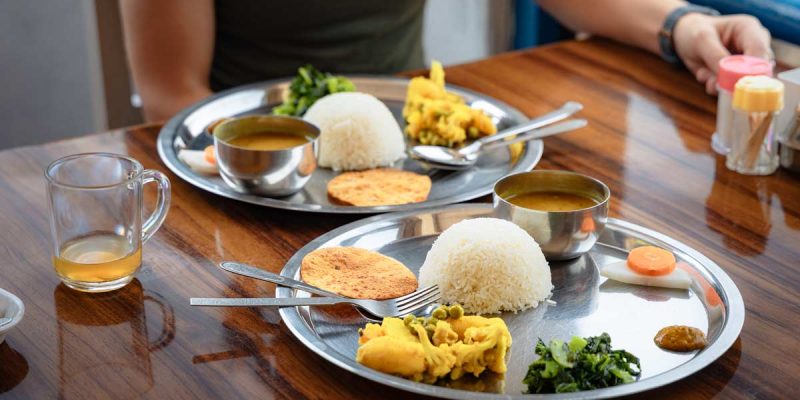
Dining and Cuisine
Relish Nepali dishes like dal bhat, momo, and Tharu specialties such as fish curry and snail soup. Many lodges offer international cuisine options as well.
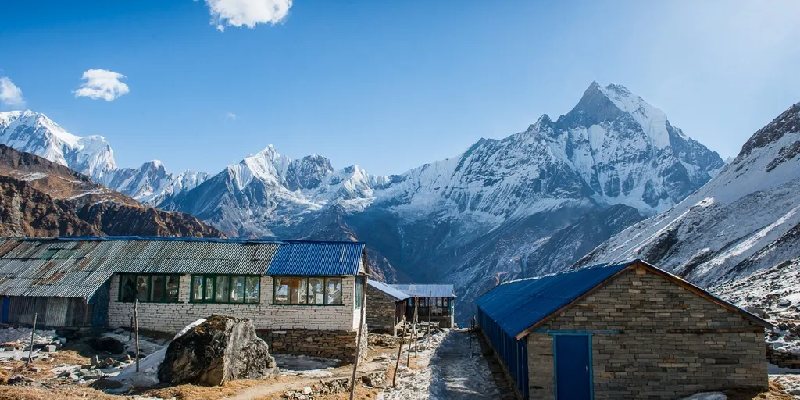
Permits and Entry Requirements
- Park Entry Fee: NPR 2,000 for foreigners, NPR 1,000 for SAARC nationals, and NPR 150 for Nepalese citizens.
- Other Permits: Additional fees may apply for specific activities like canoe rides or jeep safaris.
Safety Information:
- Follow the instructions of your guide during safaris and walks.
- Wear neutral-colored clothing to blend with the environment.
- Use insect repellents to prevent mosquito bites.
- Stay hydrated and avoid wandering off alone.
Gear and Packing Lists
- Essentials: Lightweight clothing, comfortable walking shoes, and a wide-brimmed hat.
- Extras: Binoculars, a camera, sunscreen, and a reusable water bottle.
- Seasonal Gear: Warm clothing for winter mornings and rain gear for the monsoon season.
Nearby Attractions
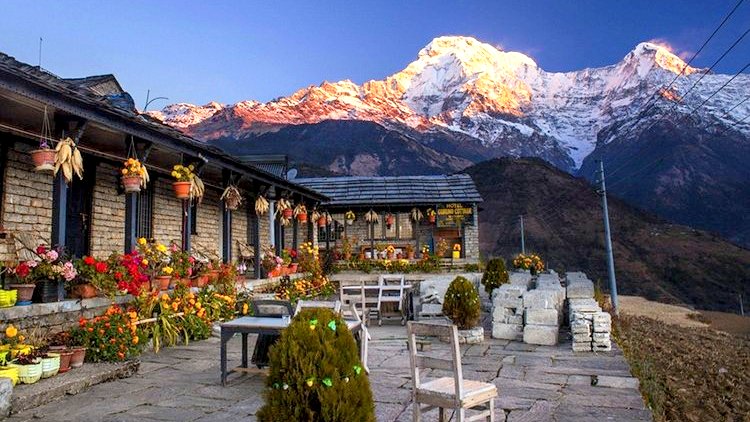
Bishazari Tal

Devghat

Sauraha Village
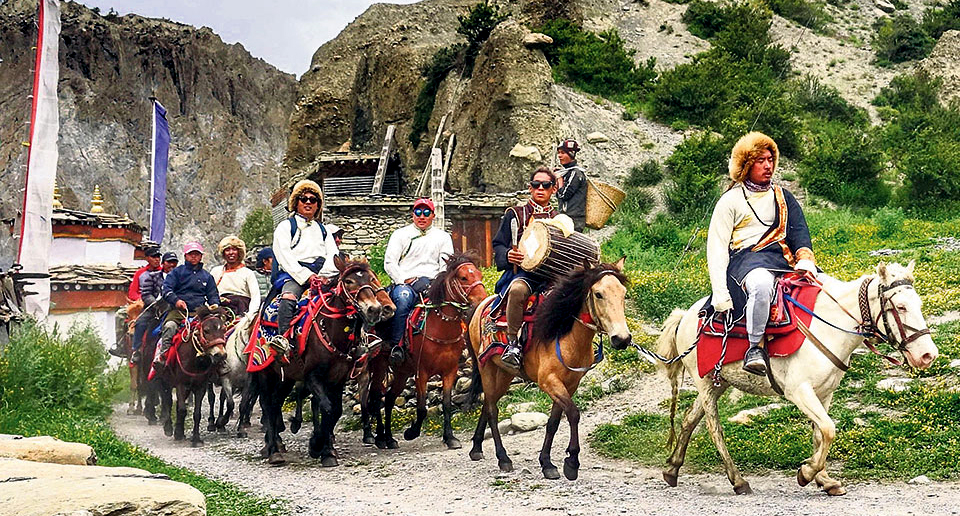
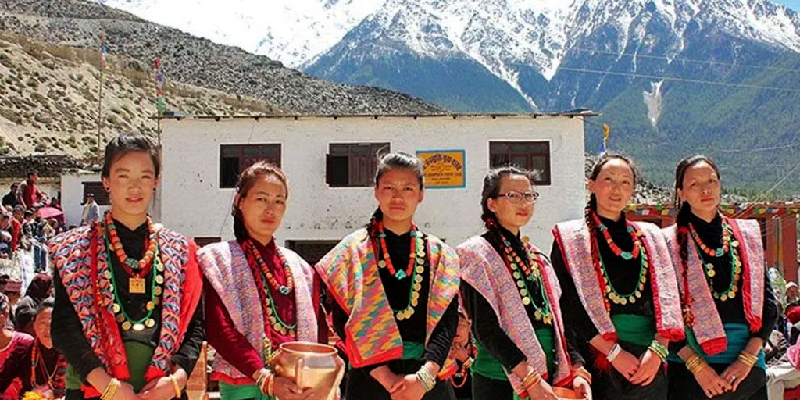
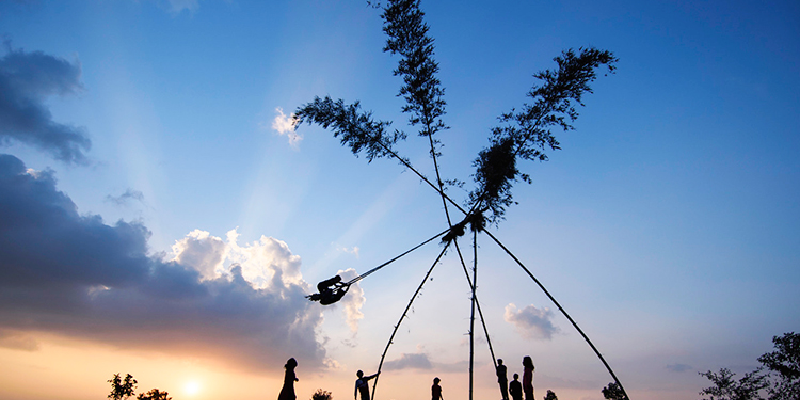
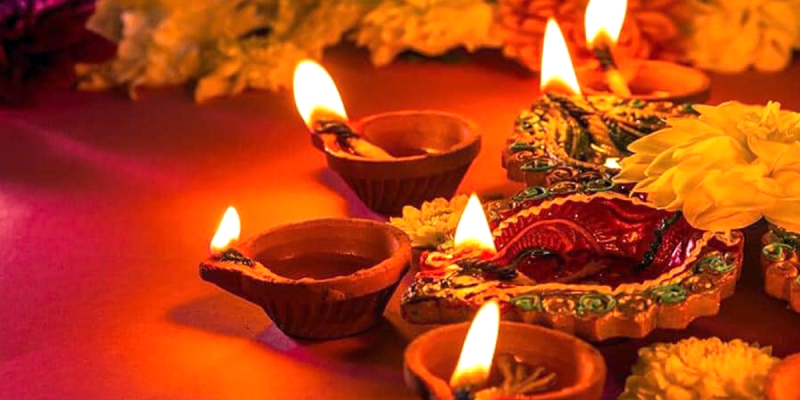
Local Festivals and Events
- Maghi Festival: Celebrated by the Tharu community in January, featuring dances, feasts, and traditional rituals.
- World Rhino Day: Observed annually on September 22, highlighting conservation efforts.
Lets Plan A Trip


